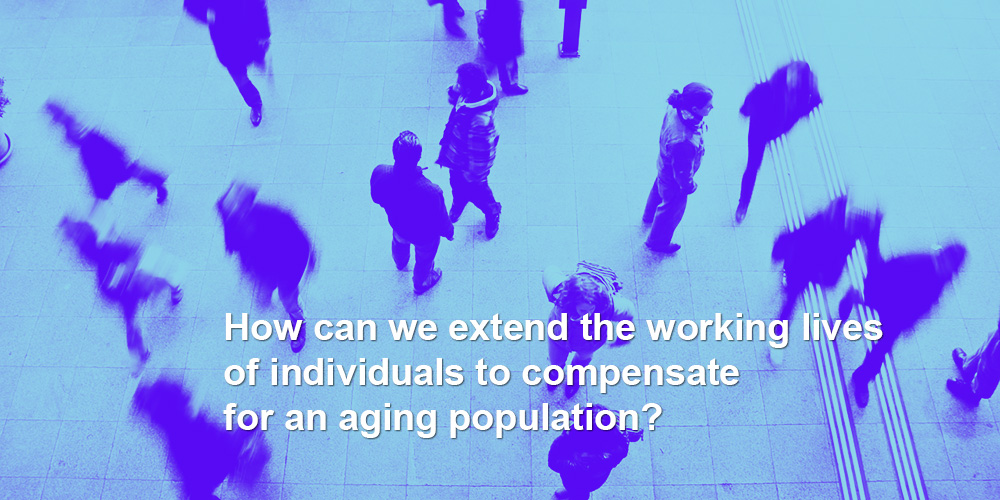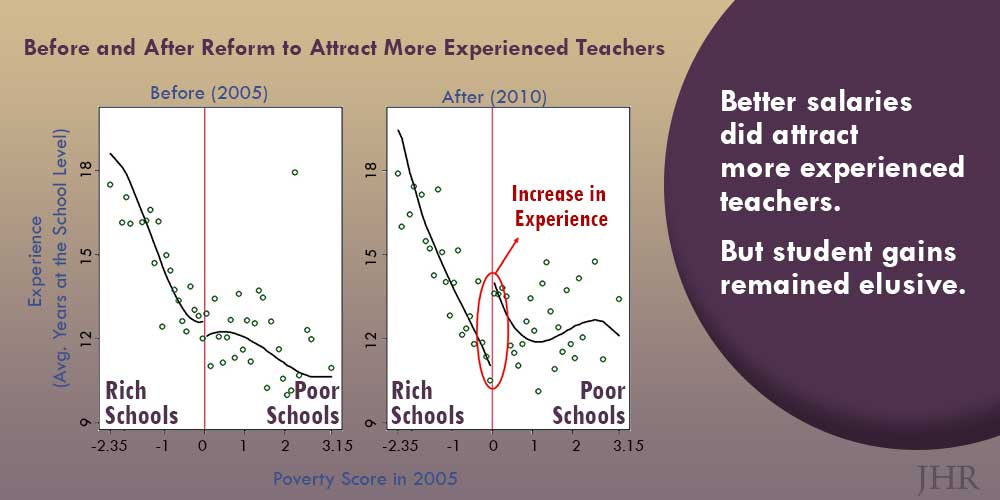“Growth” in Black–White Test Gap Is Due to Poor Measurement
Our understanding of the age at which the black–white test gap emerges has been hampered by two overlooked factors. Timothy N. Bond (Purdue University) and Kevin Lang (Boston University) address these issues in a forthcoming paper in the Journal of Human Resources.
First, test scores are reported on a scale (such as number correct) that does not necessarily predict outcomes policymakers care about, like high school graduation or employment. For example, raising one student’s score from a 10 to a 20 may have a larger impact on the probability of completing high school than raising another student’s score from a 50 to a 60. Second, some tests have more predictive power than others—a poor test will disguise the true size of the gap.
The authors used a long-term study including individuals’ childhood test scores and early adult outcomes. They connected each possible test score with the educational attainment it predicted and looked at the new results.
In stark contrast to several prominent studies, Bond and Lang found that blacks enter school far behind whites, but, if anything, catch up as they progress through school. Tests of school children in the early grades show an artificially small gap because they measure skill poorly.
What’s the significance of this work? According to Bond, “Knowing the timing of when the achievement gap emerges is important for knowing when we should aim policy meant to address racial inequality. Previous work suggested that the black–white test gap was something caused by schools. Our results suggest that it emerges before school—therefore, the right type of programs to develop would be ones that intervene in families during early childhood.”
Read the full study in the Journal of Human Resources: “The Black–White Education-Scaled Test-Score Gap in Grades K–7,” by Timothy N. Bond and Kevin Lang



